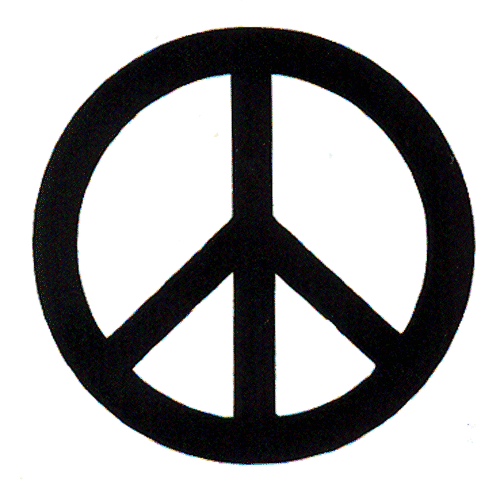NEGORS OCCIDENTAL, Feb. 27 (PIA6) - - Members of the Bacolod City Peace and
Order Council from the private sector were cited during the regular Peace and
Order Council meeting for their contribution to the city.
Bacolod City Mayor and City Peace and Order Council chair Monico Puentevella thanked the support of the private sector in helping maintain peace and order in the city.
“A lot has changed in the traffic system in the streets because of the assistance of the private sector and I hope more will join and assist us,” Puentevella told the members of the council.
Puentevella also urged the city enforcers and inspectors to exercise maximum tolerance and proper conduct of the laws and ordinances while they are trying to maintain decorum in the streets of Bacolod.
Some weeks ago, a Task Force was created to maintain order in the sidewalks of the city particularly in the public markets to ease out traffic by getting rid of illegal vendors in the streets.
Puentevella disclosed that after the visit of the APEC ocular team February 19-20, they were impressed by the security and safety in the city.
“The team was impressed of the private sector participation and the food. I owe that to the people who helped the APEC committee and the police force who were there all the way,” Puentevella said.
According to the mayor, two big hotels are expected to rise in the city and they are going to change the landscape of Bacolod and by October this year, one of the biggest convention centers in West Visayas will open.
“Having said that, we have to make sure the peace and order council is always on top of the situation because security that includes hospitals and health facilities the number one criteria for tourism especially for APEC,” Puentevella added.
Aside from security, food, according to the chief executive, is also what sets Bacolod apart from the rest. It has the most delectable yet affordable food.
“We cannot afford any peace and order problem. We are now on the roll with the events, gatherings and conventions that Bacolod is hosting,” Puentevella added.
“Bacolod may not have Senators from here, but we have the private sectors that are helping in our traffic and tourism. We have the private sector that has the potential to drive the city to greater heights when utilized. They are hungry to work when given the opportunity,” Puentevella said.*(JCM/EAD-PIA6 Negros Occidental)
<Reference>
http://news.pia.gov.ph/index.php?article=1031393485176
Bacolod City Mayor and City Peace and Order Council chair Monico Puentevella thanked the support of the private sector in helping maintain peace and order in the city.
“A lot has changed in the traffic system in the streets because of the assistance of the private sector and I hope more will join and assist us,” Puentevella told the members of the council.
Puentevella also urged the city enforcers and inspectors to exercise maximum tolerance and proper conduct of the laws and ordinances while they are trying to maintain decorum in the streets of Bacolod.
Some weeks ago, a Task Force was created to maintain order in the sidewalks of the city particularly in the public markets to ease out traffic by getting rid of illegal vendors in the streets.
Puentevella disclosed that after the visit of the APEC ocular team February 19-20, they were impressed by the security and safety in the city.
“The team was impressed of the private sector participation and the food. I owe that to the people who helped the APEC committee and the police force who were there all the way,” Puentevella said.
According to the mayor, two big hotels are expected to rise in the city and they are going to change the landscape of Bacolod and by October this year, one of the biggest convention centers in West Visayas will open.
“Having said that, we have to make sure the peace and order council is always on top of the situation because security that includes hospitals and health facilities the number one criteria for tourism especially for APEC,” Puentevella added.
Aside from security, food, according to the chief executive, is also what sets Bacolod apart from the rest. It has the most delectable yet affordable food.
“We cannot afford any peace and order problem. We are now on the roll with the events, gatherings and conventions that Bacolod is hosting,” Puentevella added.
“Bacolod may not have Senators from here, but we have the private sectors that are helping in our traffic and tourism. We have the private sector that has the potential to drive the city to greater heights when utilized. They are hungry to work when given the opportunity,” Puentevella said.*(JCM/EAD-PIA6 Negros Occidental)
<Reference>
http://news.pia.gov.ph/index.php?article=1031393485176







